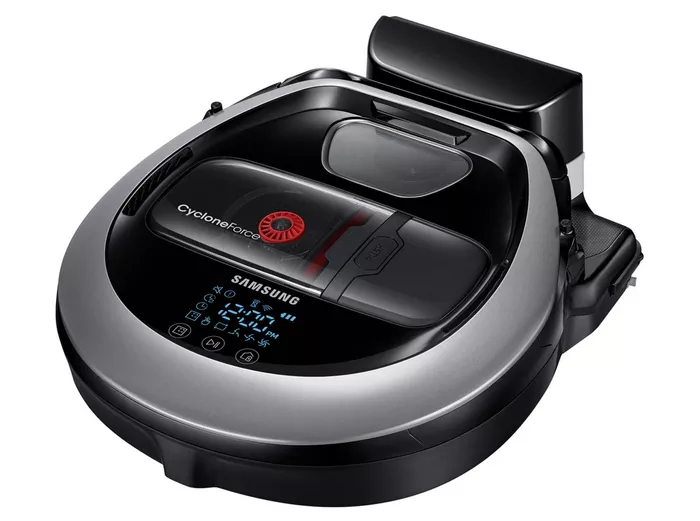Vacuum cleaners have become indispensable tools in maintaining cleanliness in both residential and commercial settings. Among the various types available, wet and dry vacuum cleaners stand out for their versatility in handling liquid spills as well as dry debris. To harness the full potential of these machines, it’s crucial to understand their operation and proper usage. This guide provides a comprehensive overview to help users effectively utilize wet and dry vacuum cleaners.
Understanding Wet and Dry Vacuum Cleaners
Wet and dry vacuum cleaners, also known as shop vacuums or wet-dry vacuums, are specially designed to handle both wet and dry messes. Unlike traditional vacuum cleaners that are primarily intended for dry debris, these machines feature durable construction and specialized components to accommodate liquids without damage.
Key Components
1. Motor: The heart of a wet and dry vacuum cleaner is its motor, which generates suction power to lift debris and liquids. These motors are typically more robust than those found in standard vacuums to handle the demands of wet vacuuming.
2. Collection Tank: Wet and dry vacuum cleaners come with a collection tank where debris and liquids are stored during operation. These tanks are made of durable materials like stainless steel or heavy-duty plastic to withstand moisture and resist corrosion.
3. Hose and Attachments: A flexible hose and various attachments such as crevice tools, brushes, and floor nozzles enable users to tackle a wide range of cleaning tasks effectively. These accessories can be swapped depending on the type of mess and the surface being cleaned.
4. Filtration System: Efficient filtration is essential to prevent debris from being expelled back into the air. Most wet and dry vacuums employ multi-stage filtration systems, including filters for both wet and dry suction modes.
Using a Wet and Dry Vacuum Cleaner
1. Preparation: Before using the vacuum cleaner, ensure that the collection tank is empty and the appropriate filter is installed based on whether you’ll be vacuuming dry debris, liquids, or both.
2. Selecting Attachments: Choose the appropriate attachment for the task at hand. For example, use a floor brush for general floor cleaning, a crevice tool for tight spaces, or a squeegee nozzle for liquid spills on hard surfaces.
3. Switching Modes: Most wet and dry vacuum cleaners have a switch or setting to toggle between wet and dry suction modes. Select the appropriate mode based on the type of mess you’re cleaning.
4. Vacuuming Technique: When vacuuming liquids, move the nozzle slowly across the surface to ensure thorough suction. For dry debris, use overlapping passes to capture all particles effectively.
5. Emptying the Tank: Once the collection tank is full or after completing the cleaning task, turn off the vacuum cleaner and unplug it from the power source. Empty the tank and clean the filter(s) as per the manufacturer’s instructions to maintain optimal performance.
6. Maintenance: Regularly inspect the vacuum cleaner for any signs of damage or wear. Clean the hoses, attachments, and filters periodically to prevent clogs and maintain suction power.
Safety Precautions
1. Electrical Safety: Always ensure that the vacuum cleaner is unplugged before performing any maintenance tasks or emptying the collection tank to avoid the risk of electric shock.
2. Liquid Handling: Exercise caution when vacuuming liquids to prevent spills and avoid overfilling the collection tank beyond its capacity. Follow the manufacturer’s guidelines regarding the maximum liquid level.
3. Proper Ventilation: When operating the vacuum cleaner, ensure adequate ventilation to dissipate any dust or fumes that may be released during the cleaning process.
4. Stability: Maintain stability while using the vacuum cleaner, especially on uneven surfaces or when reaching overhead. Avoid tipping or overextending the machine to prevent accidents.
Conclusion
Wet and dry vacuum cleaners are versatile cleaning tools capable of handling a wide range of messes, from dry debris to liquid spills. By understanding their operation and following proper usage guidelines, users can maximize the effectiveness and lifespan of these machines. With regular maintenance and safety precautions, wet and dry vacuum cleaners can contribute significantly to maintaining cleanliness and hygiene in various environments.
FAQs
Q1: Can I use a wet and dry vacuum cleaner to clean carpets and upholstery?
A1: Yes, wet and dry vacuum cleaners are suitable for cleaning carpets and upholstery. Use appropriate attachments and set the vacuum to dry mode for removing dry debris, and ensure the surfaces are thoroughly dried after wet cleaning to prevent mold and mildew growth.
Q2: What types of liquids can be safely vacuumed with a wet and dry vacuum cleaner?
A2: Wet and dry vacuum cleaners can safely handle common liquid spills such as water, beverages, and cleaning solutions. However, avoid vacuuming flammable or hazardous liquids such as gasoline, oil, or chemicals, as they can pose safety risks and damage the machine.
Q3: How often should I clean or replace the filters in my wet and dry vacuum cleaner?
A3: The frequency of filter cleaning or replacement depends on usage and the manufacturer’s recommendations. As a general guideline, check the filters regularly and clean or replace them as needed to maintain optimal suction power and filtration efficiency.

